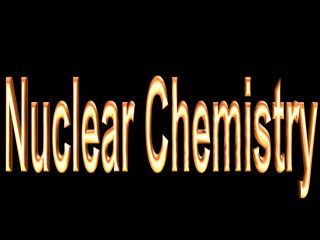

University of Rochester
Nuclear Science Research Group
Experiments
The University of Rochester Nuclear Science (Chemistry) Research Group performs research in basic and applied nuclear science. The main experimental programs are executed at major domestic and foreign accelerator and laser facilities.
For information on recent experiments, please consult the documents linked below.
Isospin Effects in HI Reactions (LNS-Catania/Italy, NSCL-Lansing/MI),
Complex Particle Emission in p-Induced Reactions at 2.5-GeV (FZ- Jülich/Germany).Most recent experimental projects have focused on the nuclear equation of state and cluster emission in heavy-ion reactions (Project Cecil), see recent publication (Book).
2018: p- and HI programs are largely completed.
The Nuclear Science Research Group actively participates in the development of the novel LIANS (Laser Ion Acceleration for Nuclear Science) experimental platform based on the OMEGA/EP laser facility at the Laboratory for Laser Energetics (LLE) at the University of Rochester. In first applications of the LIANS platform, proton and deuteron induced reactions have been measured recently. Ongoing development of the next stage, Triton-LIANS, will produce controllable beams of tritons with energies in the range from 100 keV to tens of MeV.
As a unique triton beam facility, T-LIANS will provide opportunities to study reactions between light nuclei of interest to basic nuclear structure and nuclear astrophysics research.Utilizing a unique experimental facility at the LLE, the group studies tritium transport and tritium-induced chemical processes with macroscopic metal samples. Quantitative measurements explore specifically the role of the surface chemistry in the storage of tritium with a host of analytical methods available on Campus. Results so far produced by the experiments have consequences for surface chemistry, the fuel cycle in inertial-confinement fusion (ICF) research, as well as for applications in a future 'hydrogen economy.'